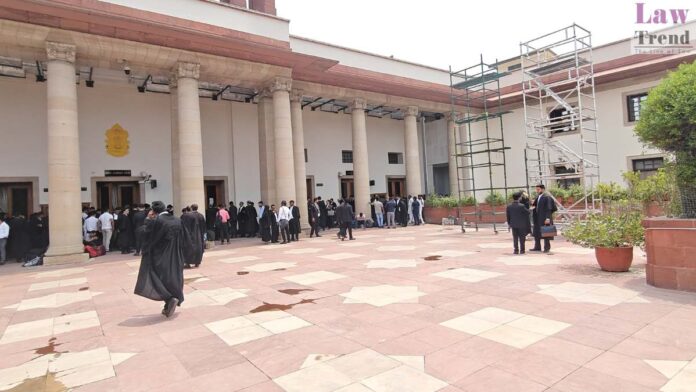The Supreme Court in Umashankar Yadav & Anr. vs State of Uttar Pradesh [Criminal Appeal No. 439 of 2018] quashed the prosecution initiated under Sections 186 and 353 of the Indian Penal Code against NGO workers, holding that even though a police report in a non-cognizable offence may be deemed a complaint under Section 2(d)
To Read More Please Subscribe to VIP Membership for Unlimited Access to All the Articles, Download Available Copies of Judgments/Order, Acess to Central/State Bare Acts, Advertisement Free Content, Access to More than 4000 Legal Drafts( Readymade Editable Formats of Suits, Petitions, Writs, Legal Notices, Divorce Petitions, 138 Notices, Bail Applications etc.) in Hindi and English.




